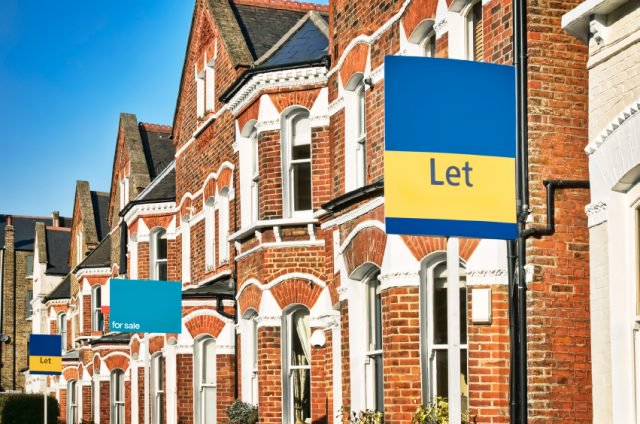Average UK property prices to rise by 2.2% this year
The average UK house price growth will hit 2.2% this year-a rise of £4,460, according to property consultancy BNP Paribas Real Estate.
If the forecasts are true, this means that the average price of property in the UK will hit £210,400 come Christmas.
Uncertainty
The predicted rise comes despite perceived market uncertainty surrounding the snap General Election called for June 8th, alongside the ongoing Brexit confusion.
BNP Paribas Real Estate suggests that even London house prices will return to growth in 2017, increasing by 1.3% by the end of the year.
Over the next four years, prices in the capital are predicted to increase by 6.8% to £505,297.
John Slade, UK chief executive at BNP Paribas Real Estate, noted: ‘The big debate in London is the extent of the impact on the £1,000 to £1,500 per square foot market. While we have seen some adjustment, people now realise that high stamp duty may be here to stay and pricing has adjusted accordingly. While 2017 may be a year of relative stagnation this market should return to stronger growth thereafter.’[1]

Average UK property prices to rise by 2.2% this year
Trends
Simon Durkin, UK head of research at BNP Paribas Real Estate, also observed: ‘At a practical level, the story will become less about regional trends, with growth and activity focused on micro markets with a strong business and consumer economy. For example the North East features an extremely wide range of growth at a city level, with Newcastle Upon Tyne performing significantly more strongly than the regional average and likely to experience a less dramatic down cycle.’[1]
BNP Paribas Real Estate’s regional estimates for average property price growth by region by the end of 2020 are:
- London +6.81%
- South East + 17.29%
- East Anglia +8.72%
- East Midlands +13.07
- West Midlands +13.59%
- South West +22.21%
- North West +7.63%
- Yorkshire and Humberside +6.04%
- Wales +4.26%
- Northern Ireland +0.08%
- North East -1.49%
[1] https://www.estateagenttoday.co.uk/breaking-news/2017/4/housing-market-good-news-price-growth-over-10-by-end-2020






